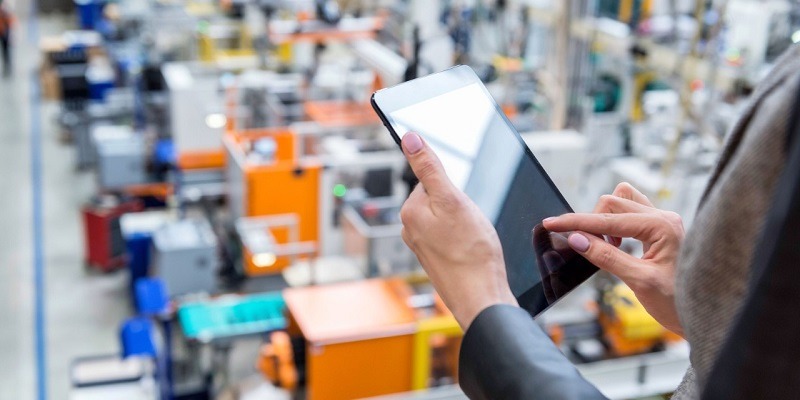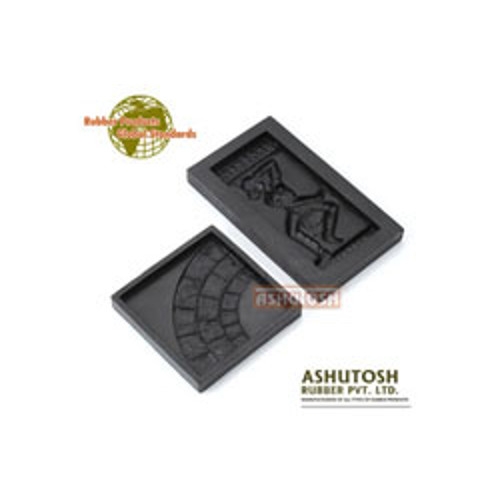Schedule a Call Back
Mobile access makes industrial automation easier
 Articles
Articles- Mar 29,22

Related Stories

B&R presents new automation engineering experience with Automation Studio Code
DevOps integration ensures smooth, efficient and reliable software delivery pipelines.
Read more
6 Nonnegotiable requirements for your smart factory transformation
The smart tech world is seemingly never-ending, but a few essential staples create an unshakable foundation. Here, Emily Newton suggests six essential ingredients for a transformation to smart facto..
Read more
Addverb ropes in Infineon Technologies to deploy BLE safety in robotic fleet
This collaboration aims to integrate Bluetooth Low Energy (BLE)-based communication systems into Addverb’s robotic fleet, significantly advancing safety protocols and setting new benchmarks in sma..
Read moreRelated Products

Heat Exchanger Scale Removal Compound -hesr-300

Dna of All Information
Roto Leaner Technology Pvt Ltd manufactures a complete range of display solutions.

Standard Series Stations and Enclosures
Esbee
Industrial Combines/Esbee Electrotech LLP offers standard series stations and
enclosures.
Hi There!
Now get regular updates from IPF Magazine on WhatsApp!
Click on link below, message us with a simple hi, and SAVE our number
You will have subscribed to our Industrial News on Whatsapp! Enjoy














